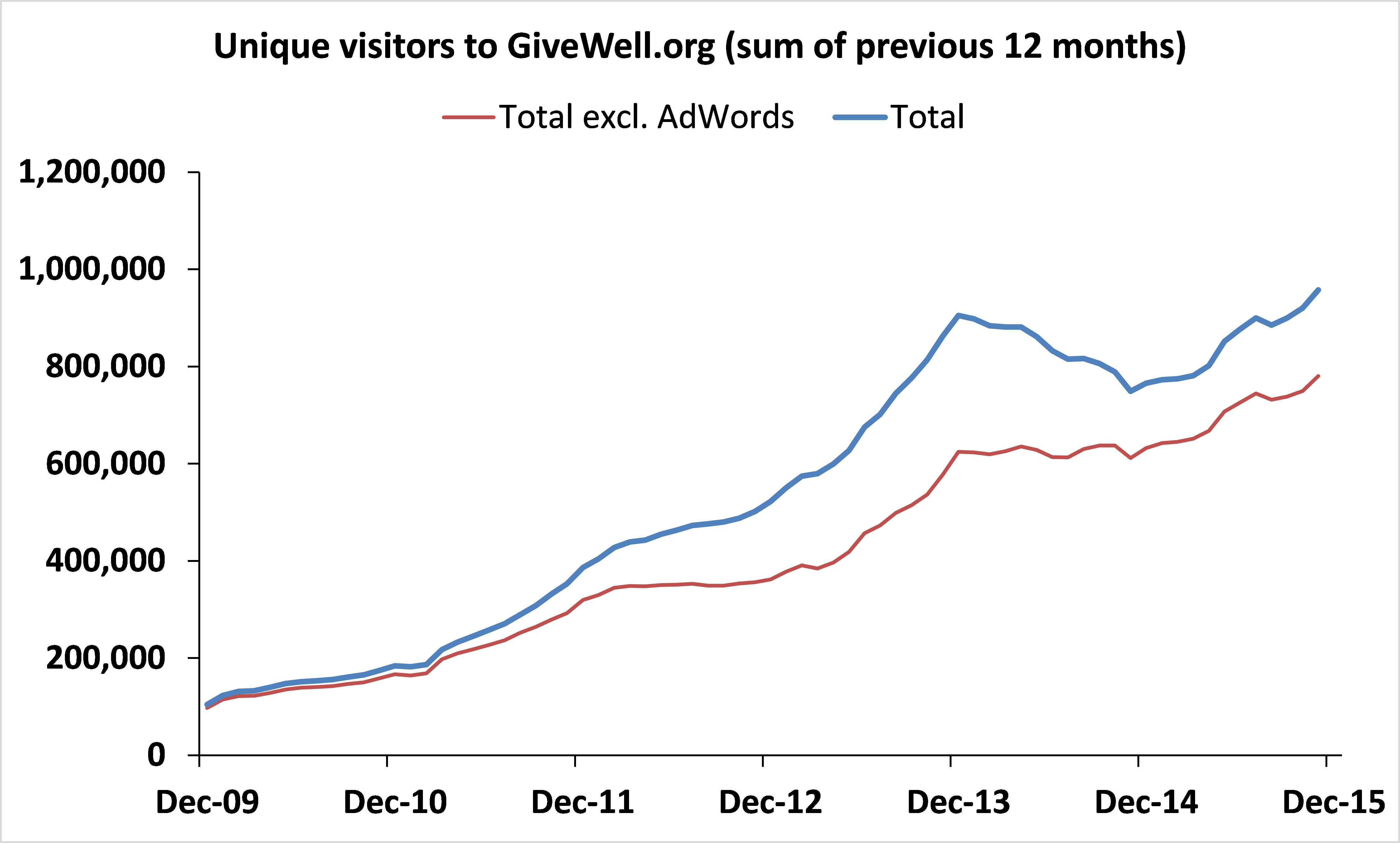As part of our plan to allocate more staff capacity to outreach efforts this year, we’ve been reaching out to a number of our donors to proactively offer a telephone call with a GiveWell staff member to discuss our work. We are also offering the option for donors as well as other interested individuals to sign up for a call on our website for the first time. You can do so here.
We have connected with a small number of donors over the phone at various times in the past. Due to limited staff capacity, we were only able to have calls and meetings with a small handful of some of our very largest donors, and occasionally did so when someone had a specific question or concern that they wanted to discuss. We also have tried at times to call donors to thank them for their donations, as staff capacity allowed, in addition to sending thank-you emails.
Still, we’ve had relatively few conversations with the individuals who support GiveWell or our top charities over the years. This is partly because we have not prioritized outreach in the past. Now that our staff capacity has grown substantially, we plan to spend more time discussing GiveWell’s work with individuals outside of the organization in 2016.
We have a few reasons to believe that offering additional calls will be an important aspect of GiveWell’s outreach going forward:
- We recognize that GiveWell has a very information-dense website, and that it can be challenging to stay on top of all of our past and current work, even if you’re a fairly close follower of our blog or other website updates. Offering calls provides:
- The chance for donors to ask any questions they have about our research and recommendations, including plans for giving.
- In past calls, donors have sometimes asked questions that indicate they’ve misunderstood something about our research. These calls have helped us see which parts of our research we haven’t communicated well (which has then led us to publish that information more explicitly) and help donors we talk to better understand our thinking.
- The chance for us to update our donors on GiveWell’s recent work and priorities.
We consider these updates an important part of our work because a core part of our mission is to share our research so that donors can make informed giving decisions.
- The calls are an opportunity for us to learn more about the donors who use our work, and to receive feedback on our priorities, strategies, and more.
An ongoing goal at GiveWell, like other nonprofits, is to build relationships with the supporters who use our work. We would guess that providing more information to individuals who use our research, clearing up misunderstandings, and answering any questions is likely to increase the connection between donors and GiveWell and our recommended charities, which may make it more likely for donors to support our top charities and/or spread the word about giving to the causes we recommend.
We also imagine that some donors may be hesitant to take our call either because (a) they don’t think that a call would be worth our time since they don’t think that they have questions for us or (b) they fear we’ll solicit additional donations over the phone. We hope that this post helps alleviate these concerns: we value the opportunity to talk to donors who use our research and we don’t directly solicit funds over the phone.
If you’d be interested in receiving a call from us, please fill out this short form.



